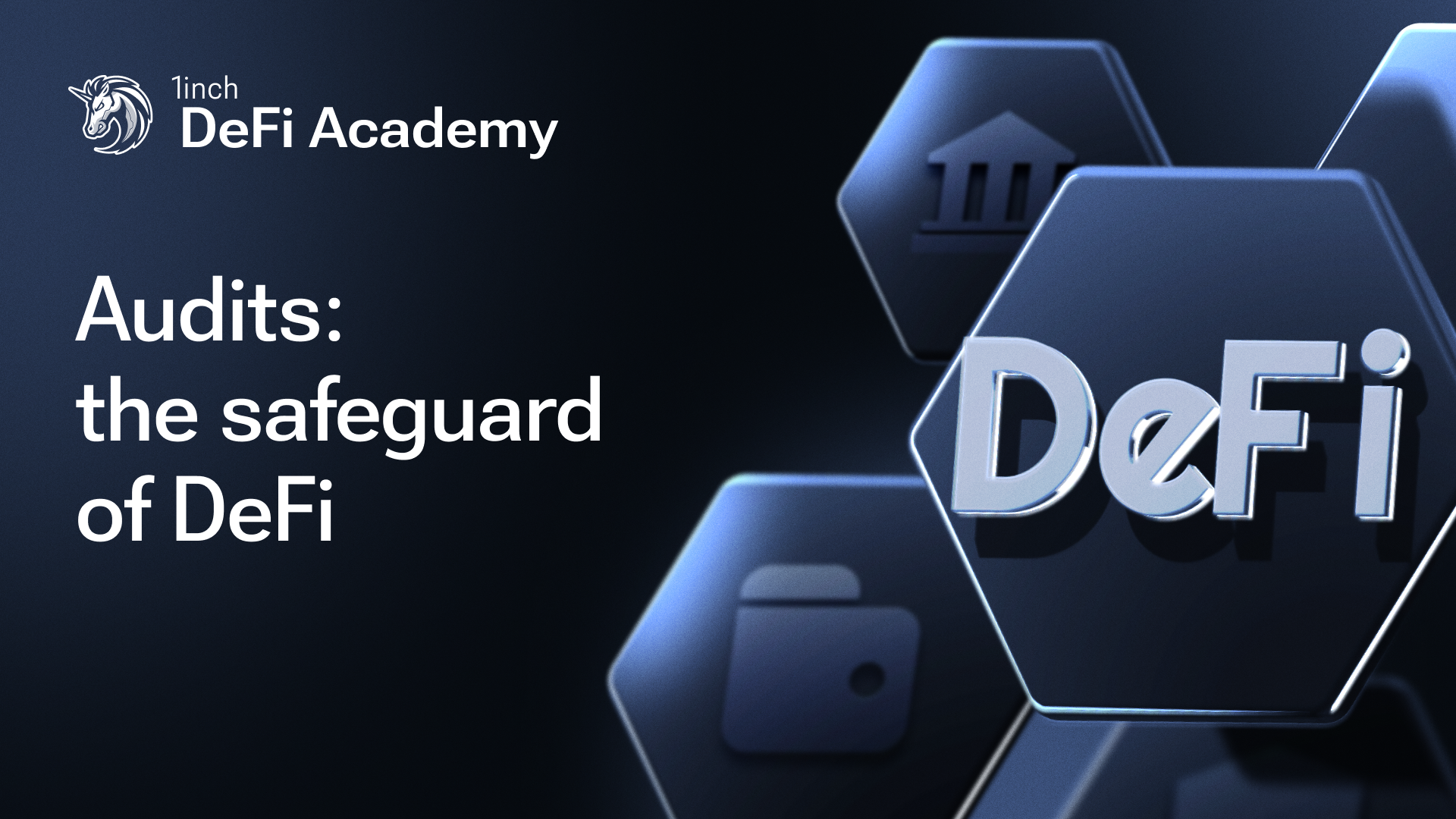The Ethereum Merge: what to expect?

In this post, the meaning and ramifications of Ethereum’s upcoming switch from the PoW consensus algorithm to PoS are discussed.
It appears that the Ethereum blockchain’s long-awaited switch from the electricity-intensive proof of work (PoW) consensus algorithm to more efficient proof of stake (PoS) is about to finally materialize, with the date set for September 13–15.
The upgrade — often referred to as The Merge — has been discussed since the original Ethereum white paper was published back in 2014, prior to the project’s 2015 launch.
As Ethereum founder Vitalik Buterin admits, a switch to PoS should have been done years ago:
Anyway, the upgrade has been in the making for quite a while and is expected to be executed without any major disruptions to the Ethereum blockchain.
This is a list of all expected upgrades:
Many would like The Merge to run smoothly, as Ethereum accounts for the lion’s share of the $150 bln stablecoin market cap, and the total value locked (TVL) of all Ethereum-based dApps is over $33 bln, according to DefiLlama.
Meanwhile, ETH is currently the second largest cryptocurrency by market cap, with $187.5 bln, as opposed to Bitcoin’s $360 bln, according to CoinMarketCap.
Immediate impact
While ramifications of The Merge are heavily discussed, one thing is clear: the upgrade will make the Ethereum blockchain significantly more environmentally friendly by reducing its energy consumption by 99.95%, as stated by the Ethereum Foundation.
This, in turn, could improve the appeal of Ethereum to companies and individuals that have until now been concerned about the blockchain’s negative environmental impact. At the same time, The Merge is also set to open up the network to smaller computers, enabling them to be block producers and participants in the Ethereum consensus, as the network will now require much less power.
Security concerns
When it comes to The Merge’s impact on security of the Ethereum blockchain, opinions diverge.
Some mainstream commentators stressed that The Merge could be fraught with risk and one wrong move in the process of the switch could have a negative impact on the future of the network and Ethereum-based dApps.
There have also been concerns that the upgrade could lead to vulnerabilities in the Ethereum network.
Longer-term ramifications
Conversely, some observers suggest that Ethereum’s security could actually improve as a result of The Merge, as an attack on the PoS-based Ethereum would cost potential malicious actors billions of dollars, as opposed to a much smaller amount for an attack through the PoW consensus algorithm.
Currently, the network’s security is paid for by issuing ETH in large amounts. As in the wake of The Merge, costs of maintaining the system’s security will go down significantly, ETH emission will decrease sharply, leading to ETH’s deflation, moving forward.
“Users who are primarily interested in ETH as an asset will see a significant, 10-fold, decline in the token’s emission,” says Anton Bukov, 1inch co-founder. “This, coupled with ETH burns under the proposal EIP-1559, will make ETH a substantially deflationary asset.”
In the wake of The Merge, Ethereum’s roadmap envisages a focus on improving fees and transaction speeds by the use of sharding and rollups. Ethereum hopes that the upgrade will make the network more attractive for global payments, eventually turning the Ethereum blockchain into a full-fledged settlement layer.
Overall, 1inch users have nothing to worry about regarding the upcoming Ethereum upgrade.
“For those who use Ethereum primarily as a DeFi platform, the only noticeable change will be the fact that blocks will be created more regularly and more frequently — every 12 seconds as opposed to 13.5 seconds on average currently,” Anton Bukov explains. “That will slightly increase the network’s throughput.”




























